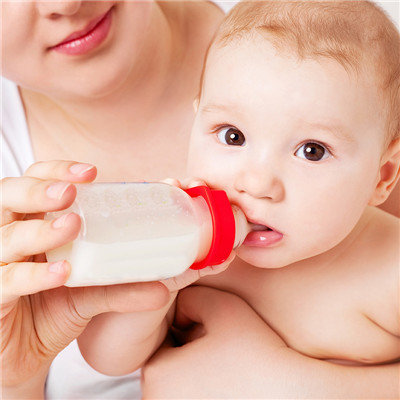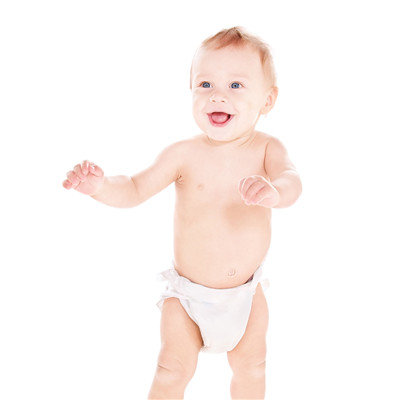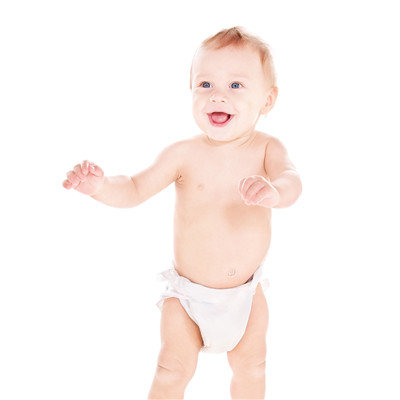What symptom can malnutrition have?
summary
Many children in life will have the habit of picky food, for a long time, it is easy to lead to malnutrition. In fact, malnutrition has many obvious symptoms, which is not as simple as people think in life. If parents can't find out in time, correct and improve it in time, it will seriously affect the growth and development of the baby. Therefore, parents should pay attention to understand some symptoms of malnutrition. Let's take a look at the symptoms of malnutrition.
What symptom can malnutrition have?
When the baby has malnutrition, it can appear the phenomenon of growth retardation, such as the stature is shorter than that of the baby of the same age, the skin and hair are dim and lusterless, the mucous membrane is pale, and at the same time, the weight does not increase or there is a drop phenomenon, these are the common symptoms of baby malnutrition.

In addition, for children with malnutrition, there are two kinds of classification, respectively, is emaciated type and edema type. Among them, children with emaciated type can have skin relaxation, subcutaneous fat reduction, fat thinning and inelastic, hair withered and yellow, frequent but small amount of stool, and mucus in stool. Children in all aspects of intelligence and movement have varying degrees of delay, body temperature is also slightly lower than the normal baby, at the same time there is a slow pulse, low blood pressure phenomenon.

Edema type of malnutrition in children, light to only subcutaneous edema, severe can be in the upper limbs, abdomen and other parts of the depression edema, some children can also be accompanied by pleural effusion, but also a small number of children with skin purpura. Children with this type of malnutrition are typically characterized by sudden weight gain and edema.

matters needing attention
Emphasis on breast-feeding, because breast milk nutrition is more comprehensive, but we should pay attention to let the lactating mother intake adequate vitamin A and vitamin D, also from 1 to 2 weeks after the birth of the baby, daily administration of vitamin D 500 to 1000 international units, continuous to 2 to 3 years old.
















